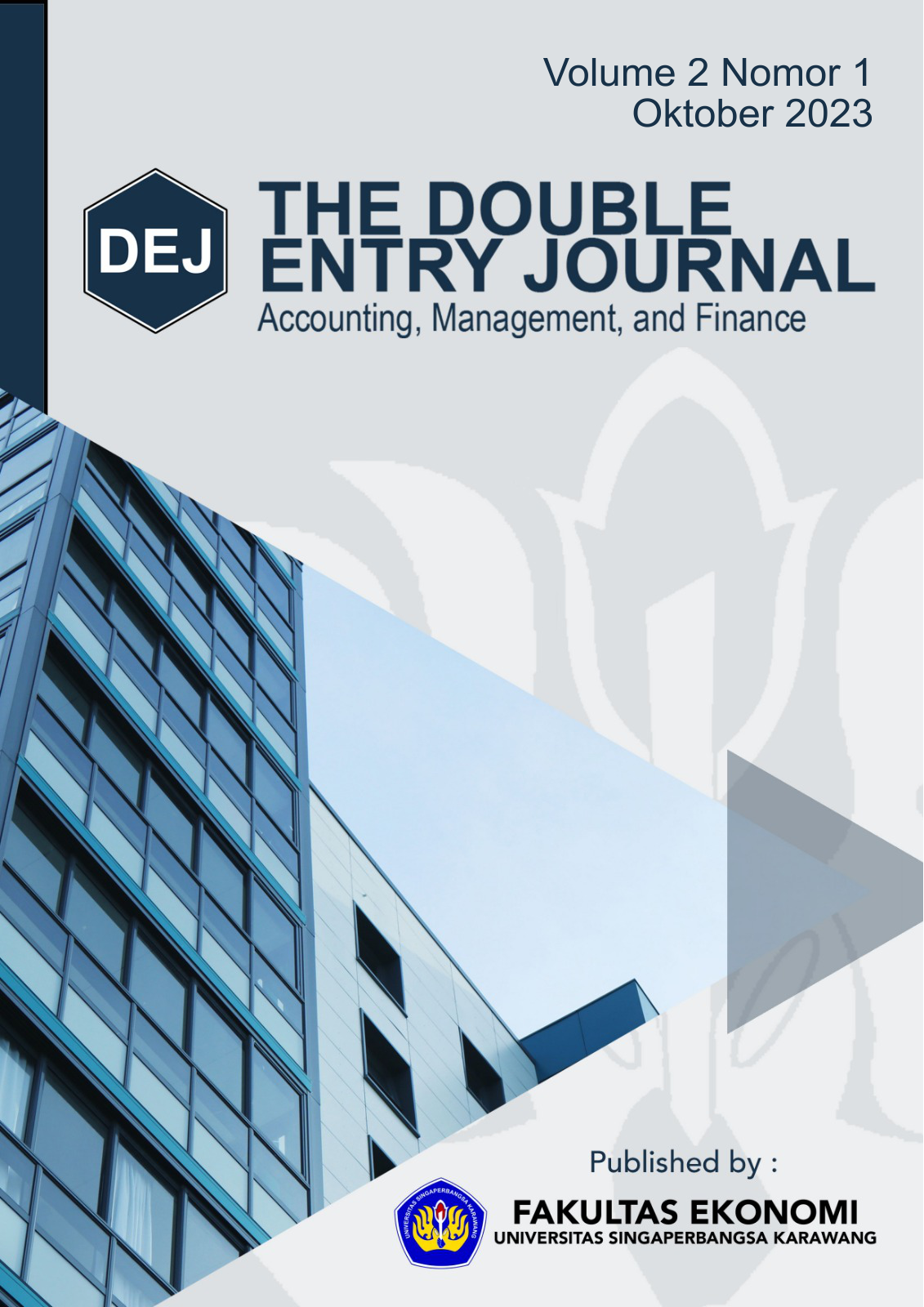Optimalisasi Pencairan Piutang Pajak Di Kantor Pelayanan Pajak (KPP) Madya Bandung
Keywords:
tax receivables, receivable balances, Legal remedies, KPP Madya BandungAbstract
The balance of receivables at the Madya Bandung Tax Service Office (KPP) is volatile and relatively large, the largest increase occurred in 2017 which was 166.18% from the previous year, and the largest decrease occurred in 2018 which was 49.02% from the previous year, if the balance is not processed with an allowance for bad debts, then a very large effort is also needed to optimize the disbursement of tax receivables. The purpose of this study was to analyze the Optimization of Disbursement of Tax Receivables at the Bandung Madya Tax Service Office (KPP) in 2016-2020. The method used in this research is descriptive research method. Analysis of the data used is descriptive analysis. The data used are primary and secondary data. Primary data in the form of observations and interviews and secondary data in the form of literature either through books, scientific works, archives and journals that support this research. Data collection techniques were carried out through observation, interviews, documentation and literature study. The results of this study indicate that the optimization of the disbursement of tax receivables at the Bandung Madya Tax Service Office (KPP) for the last five years is said to be optimal only in 2017 and 2019. This occurs because the collection action of KPP succeeded in disbursing high receivables, because the higher the collection action What is done, the higher the disbursement of receivables generated, and in 2016, 2018 and 2020 the performance of KPP Madya Bandung is said to be quite optimal. This happened because judging from the age of the receivables or the quality category of the formation of the balance of receivables, the amount of debt in the bad category, and the high percentage of allowances, caused less than optimal disbursement of tax receivables.







